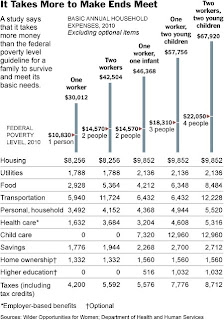
For me, it is encouraging when I see young people engaged and active in the political process. The year I turned 18 was the first year that 18-year-olds could vote. The first time I voted in 1972 was an important experience.
It is easier for young people to be involved when there is a presidential election. The news, whether it is on CNN, Fox News, NPR, John Stewart, or the local television and radio tends to focus more on Washington than Lansing.
Hopefully, young people will be engaged in 2012. In the meantime, I hope that they start their involvement this year by learning about issues at the federal and state level which impact programs that benefit the poor or near poor. Programs like the federal Title I program are up for review this year. Title I is the largest federal educational program which assists school districts with poor and near poor children.
In addition, many programs at the state level are being considered for reduction: including bilingual education program funding from the Michigan Department of Education, the earned income credit for the working poor through the State's income tax system, etc.
From my perspective, I have found two good sources for information on the state budget programs that impact programs for the poor and for children. These are:
The Michigan League for Human Services:
www.milhs.org/and Michigan's Children:
www.michiganschildren.org/There are, no doubt, many other good sources of political information.
In the meantime, I encourage our young adults to be active in politics. You can and do make a difference.
In 1972, as a young 18-year-old, we sang along to this song when we thought we could make a difference:
"Are you optimistic 'bout the way things are going?"
"No, I never ever think of it at all"
"Don't you ever worry
When you see what's going down?"
"No, I try to mind my business, that is, no business at all"
"When it's time to function as a feeling human being
Will your Bachelor of Arts help you get by?"
"I hope to study further, a few more years or so
I also hope to keep a steady high."
"Will you try to change things
Use the power that you have, the power of a million new ideas?"
"What is this power you speak of and this need for things to change?
I always thought that everything was fine."
Or as Chicago once sang it:
www.youtube.com/watch?v=ItsZ_0mbnW4&feature=fvst
 Staff from the Southwest Michigan Eye Center provided eye exams and glasses to patients at the Family Health Center Wednesday afternoon.
Staff from the Southwest Michigan Eye Center provided eye exams and glasses to patients at the Family Health Center Wednesday afternoon.














